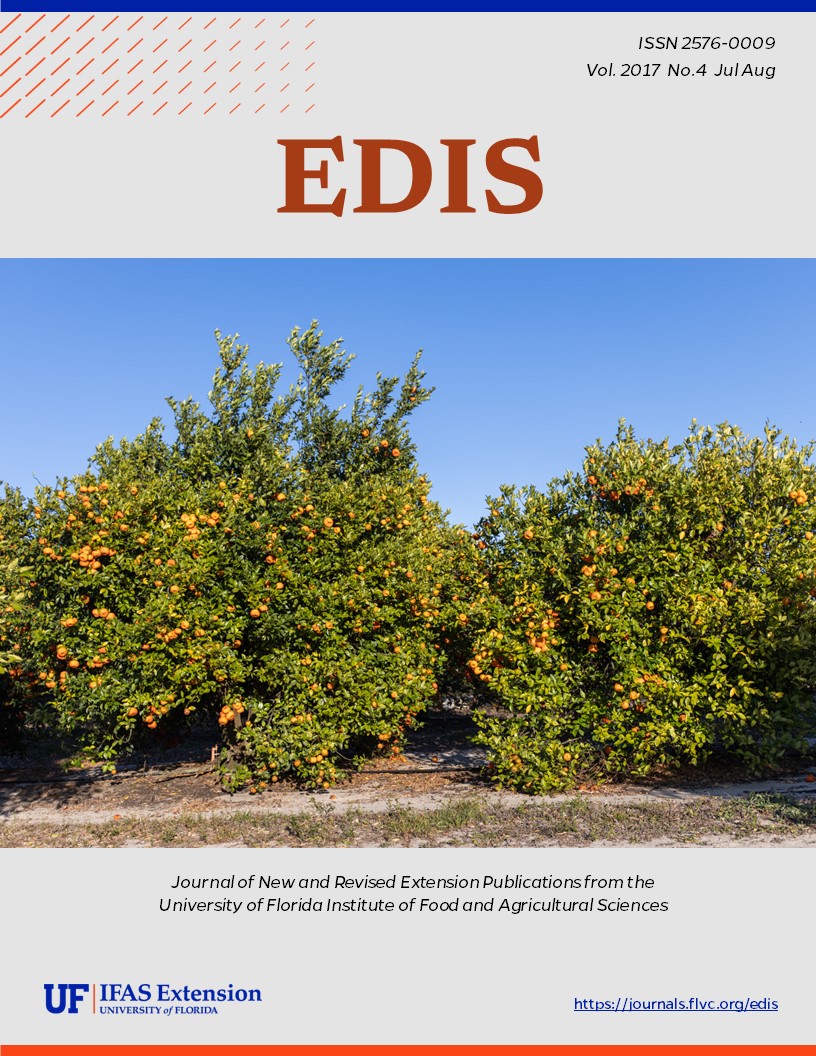Abstract
Clostridium botulinum is the bacterium that causes botulism. Clostridium botulinum is a Gram-positive, slightly curved, motile, anaerobic rod-shaped bacterium that produces heat-resistant endospores. These endospores, which are very resistant to a number of environmental stresses such as heat and high acid, can become activated in anaerobic environments, low acidity (pH > 4.6), high moisture content, and in temperatures ranging from 40ºF to 250ºF (4ºC to 121ºC) (Sobel et al. 2004). In hostile environmental conditions, the heat-resistant spores enable the bacteria to survive for extended periods of time in a dormant state until conditions become more favorable.
References
Centers for Disease Control and Prevention (CDC). 2017a. "Kinds of Botulism." Accessed May 30, 2017. https://www.cdc.gov/botulism/definition.html.
Centers for Disease Control and Prevention (CDC). 2017b. "National Botulism Surveillance Summary 2015." Accessed June 6, 2017. https://www.cdc.gov/nationalsurveillance/pdfs/botulism_cste_2015.pdf
Centers for Disease Control and Prevention (CDC). 2017c. "Botulism: Symptoms". Accessed June 6, 2017. https://www.cdc.gov/botulism/symptoms.html
Centers for Disease Control and Prevention (CDC). 2017d. "Annual Summaries of Botulism Surveillance Reported to CSTE." Accessed June 6, 2017. https://www.cdc.gov/botulism/surveillance.html.
Centers for Disease Control and Prevention (CDC). 2016a. "CSTE Botulism Surveillance Summary 2014." Accessed March 7, 2017. https://www.cdc.gov/nationalsurveillance/pdfs/botulism_cste_2014.pdf.
Centers for Disease Control and Prevention (CDC). 2015. "Morbidity and Mortality Weekly Report (MMWR): Notes form the Field: Large Outbreak of Botulism Associated with a Church Potluck Meal." Accessed March 7, 2017. https://www.cdc.gov/mmwr/preview/mmwrhtml/mm6429a6.htm.
Centers for Disease Control and Prevention (CDC). 2013. "National Enteric Disease Surveillance: Botulism Surveillance Overview." Accessed June 6, 2017. https://www.cdc.gov/nationalsurveillance/pdfs/botulism_cste_2011.pdf.
Centers for Disease Control and Prevention (CDC). 2012. "National Enteric Disease Surveillance: Botulism Surveillance Overview." Accessed March 8, 2017. https://www.cdc.gov/ncezid/dfwed/PDFs/bot-overview_508c.pdf.
Centers for Disease Control and Prevention (CDC). 2011."National Enteric Disease Surveillance: Botulism Annual Summary, 2009." Accessed March 8, 2017. https://www.cdc.gov/nationalsurveillance/pdfs/botulism_cste_2009.pdf.
Centers for Disease Control and Prevention (CDC). 2007. "Botulism Associated with Commercially Canned Chili Sauce-Texas and Indiana, July 2007." Atlanta, GA: U.S. Department of Health and Human Services, CDC. Accessed March 7, 2017. http://www.cdc.gov/mmwr/preview/mmwrhtml/mm56d730a1.htm.
Centers for Disease Control and Prevention (CDC). 2006. "Botulism Associated with Commercial Carrot Juice-Georgia and Florida, September 2006." Atlanta, GA: U.S. Department of Health and Human Services, CDC. Accessed March 7, 2017. http://www.cdc.gov/mmwr/preview/mmwrhtml/mm55d106a1.htm
Centers for Disease Control and Prevention (CDC). 1998. "Botulism in the United States, 1899-1996: Handbook for Epidemiologists, Clinicians, and Laboratory Workers, Atlanta, GA." Atlanta, Georgia: U.S. Department of Health and Human Services, CDC. Accessed March 7, 2017. https://www.cdc.gov/botulism/pdf/bot-manual.pdf
Food and Drug Administration (FDA). 2013. "Food Code 2013." U.S. Public Health Service. Accessed March 8, 2017. http://www.fda.gov/downloads/Food/GuidanceRegulation/RetailFoodProtection/FoodCode/UCM374510.pdf
Food and Drug Administration (FDA). 2012. "Clostridium botulinum. Bad Bug Book: Foodborne Pathogenic Microorganisms and Natural Toxins Handbook." 108-112. Accessed March 7, 2017. http://www.fda.gov/downloads/Food/FoodborneIllnessContaminants/UCM297627.pdf
Scallan E., R. M. Hoekstra, F. J. Angulo, R. V. Tauxe, M.-A. Widdowson, S. L. Roy, J. L. Jones, and P. M. Griffin. 2011. "Foodborne illness acquired in the United States-Major pathogens." Emerg Infect Dis. 17:7-15. https://doi.org/10.3201/eid1701.P11101
Sobel, J., N. Tucker, A. Sulka, J. McLaughlin, S. Maslanka. 2004. "Foodborne Botulism in the United States, 1990-2000." Emerg Infect Dis. 10(9): 1606-1611. https://doi.org/10.3201/eid1009.030745
Sobel, J. 2005. "Botulism." Clin Infect Dis. 41 (8): 1167-1173. https://doi.org/10.1086/444507
United States Department of Agriculture (USDA). 2015. Complete Guide to Home Canning. http://nchfp.uga.edu/publications/usda/GUIDE01_HomeCan_rev0715.pdf. Accessed March 8, 2017.
Wong, D. M., K. E. Young-Perkins, and R. L. Merson. 1988. "Factors influencing Clostridium botulinum spore germination, outgrowth, and toxin formation in acidified media." Applied and Environmental Microbiology 54.6: 1446-1450. Accessed March 7, 2017 https://doi.org/10.1128/AEM.54.6.1446-1450.1988
World Health Organization (WHO). 2016. "Botulism." Accessed June 6, 2017. http://www.who.int/mediacentre/factsheets/fs270/en/.
World Health Organization (WHO). 2000. "Clostridium botulinum: International Programme on Chemical Safety Poisons Information Monograph 858 Bacteria." http://www.who.int/csr/delibepidemics/clostridiumbotulism.pdf. Accessed March 8, 2017.
Unless otherwise specified, articles published in the EDIS journal after January 1, 2024 are licensed under a Creative Commons Attribution-NonCommercial-NoDerivs 4.0 International (CC BY-NC-ND 4.0) license.

